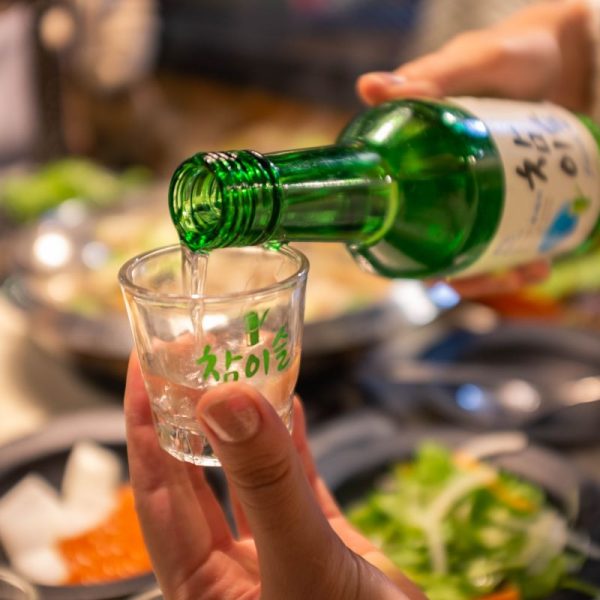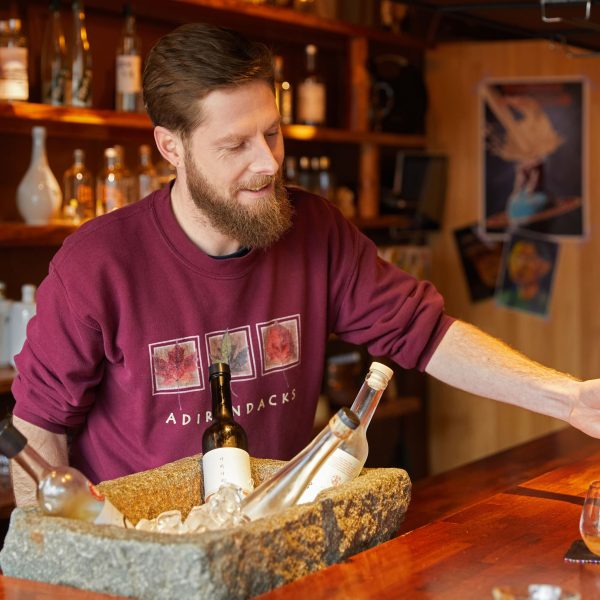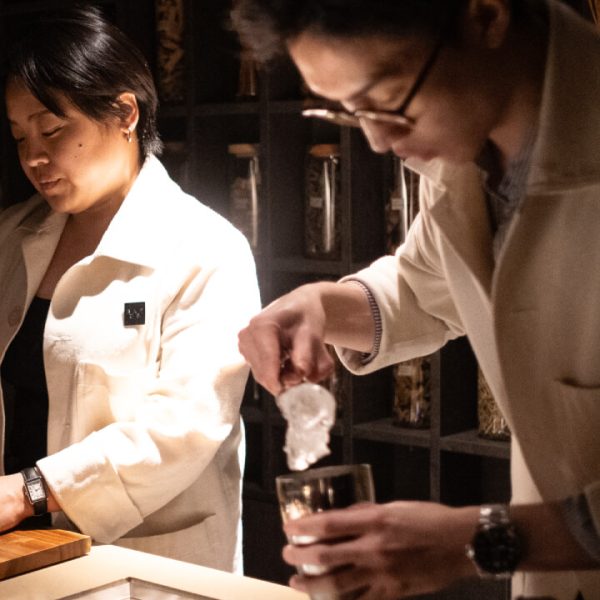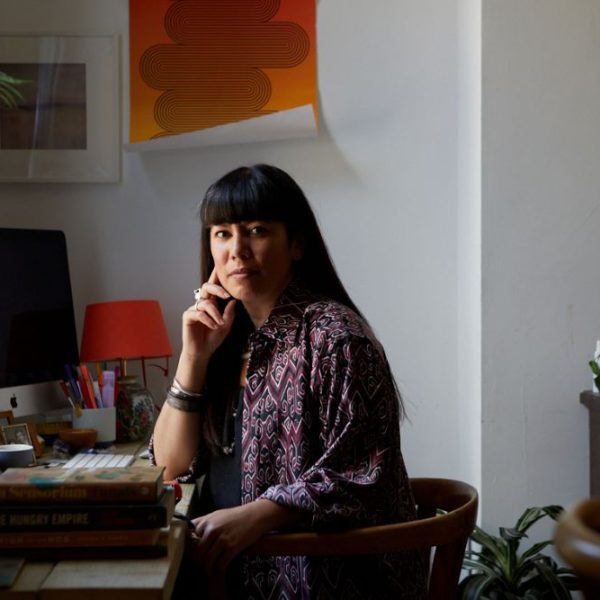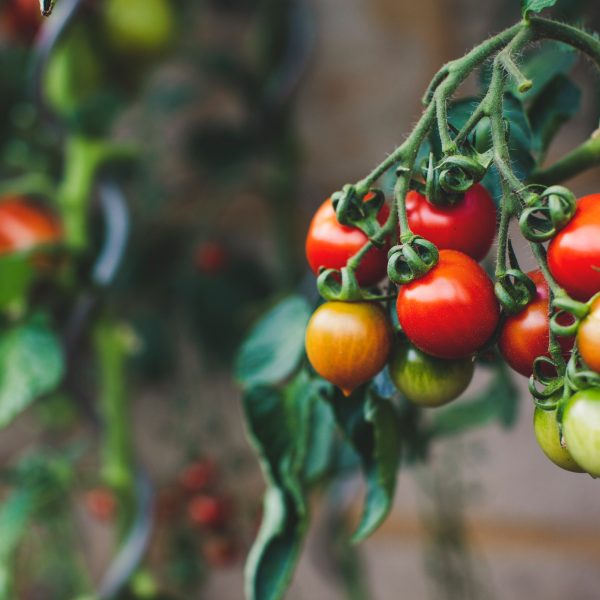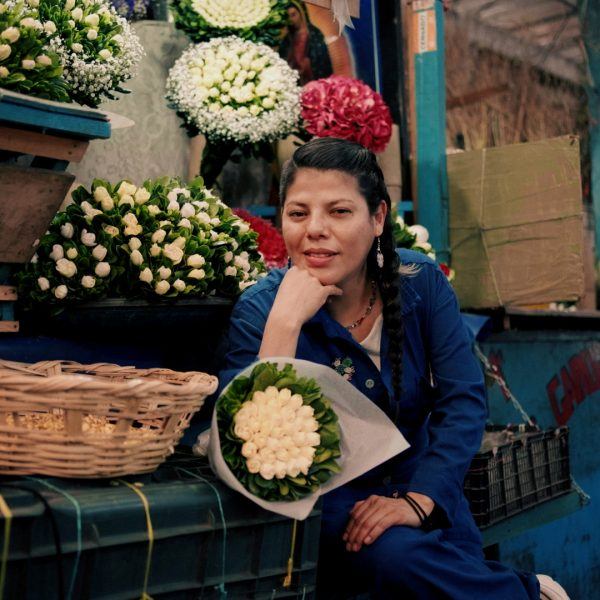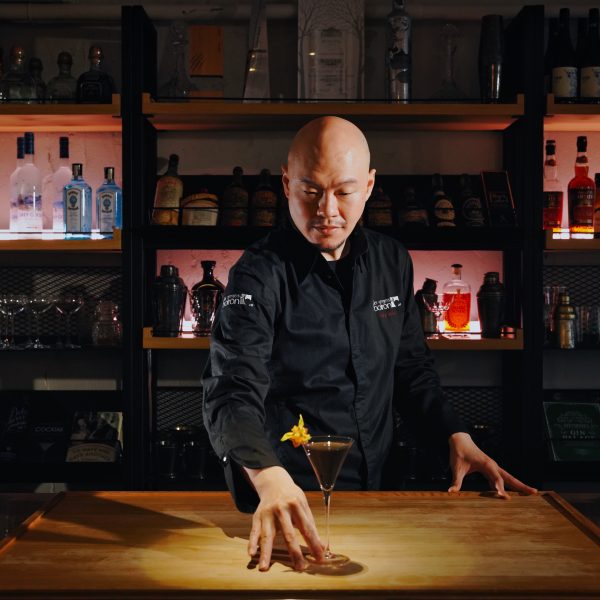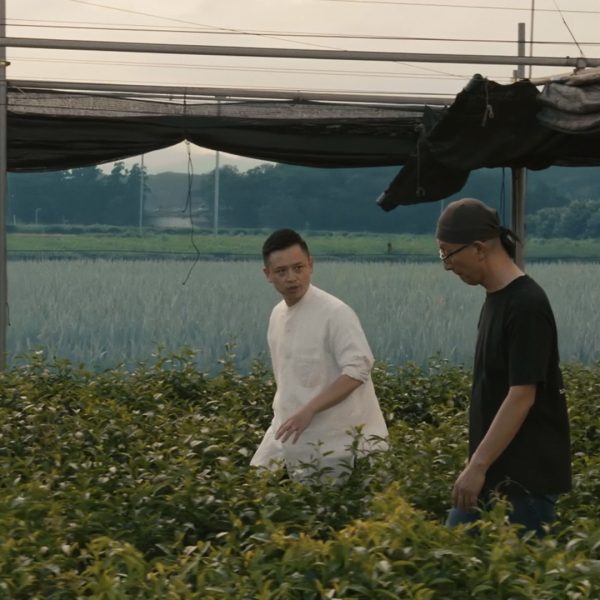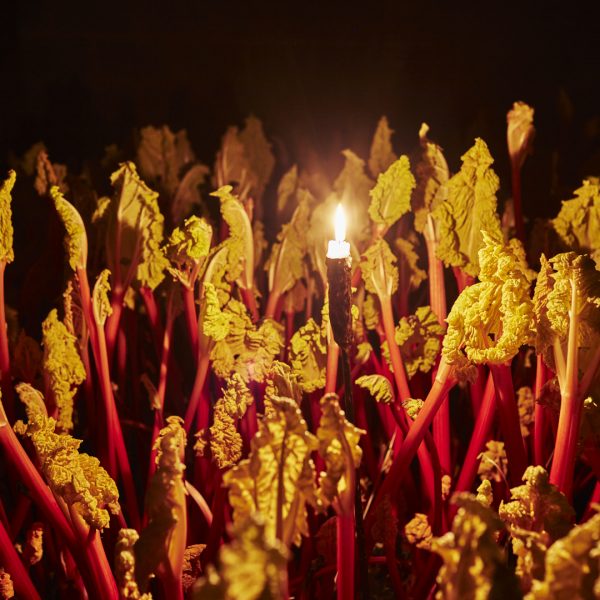Flavour of: Taipei – Tea
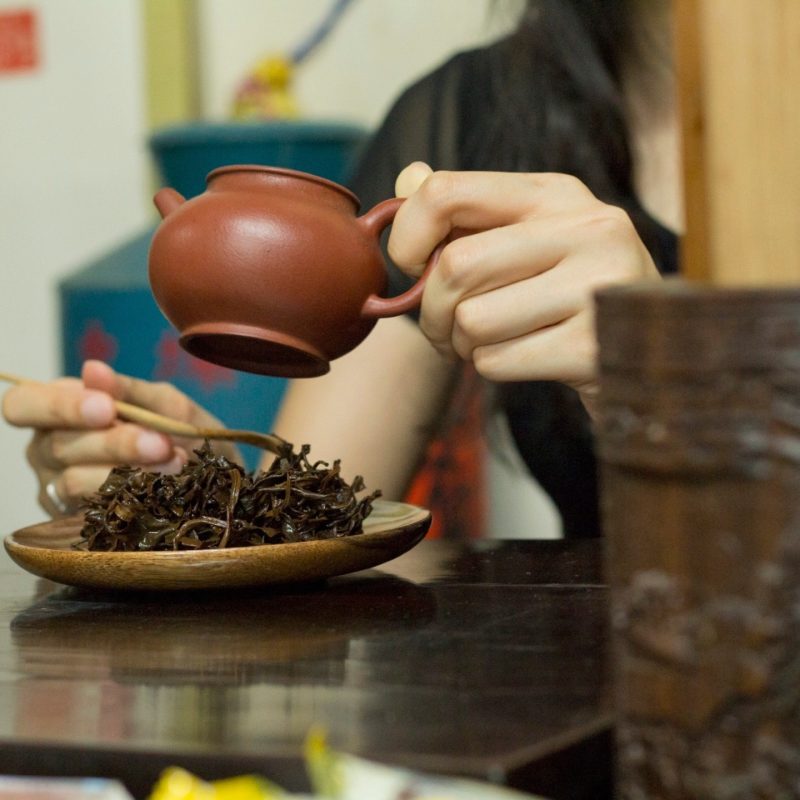
From white and green, to oolong and dark: Taiwanese tea varietals all undergo varying processes to turn them into a finished product which is revered around the world. We dive into five categories to get to know better
Taiwanese tea culture is rooted in the island’s history and local tea has reached worldwide appreciation thanks to its versatility and unique flavours. Tea cultivation in Taiwan dates back centuries, with the local climate and terrain providing the ideal conditions for growing the plant: 268 mountains are spread across Taiwan, adding up to nearly 1,000 hectares of tea plantations.
As Tei by Obond founder Tom Liu shares, the earliest recorded documentation of Taiwan’s native tea trees can be found in the Dutch Zhuluo County Chronicle (1645). Tea trees and techniques were introduced to Taiwan from China: Fujian native Ke Chao brought Wuyi Mountain tea trees to Jieyukeng in 1796; 70 years later, a scholar from Linfeng Pond in Lugu Township introduced Fujian Qingxin Oolong; while in 1875, Zhang Naimiao and Zhang Naigan introduced Fujian Anxi Tie Guan Yin.
“The development of the Taiwanese tea industry initially began as a transit trade during the Dutch colonial period,” explains Liu. “It later evolved into commercial tea production for domestic consumption and export. The formal record of Taiwan’s tea export dates back to 1864, and during the Qing Dynasty in 1872, Taiwan’s tea industry entered its golden age. Subsequently, during the Japanese colonial period, tea factories flourished, and tea processing techniques improved significantly, leading to prosperous tea exports.”


Oolong tea was the earliest type of tea produced in Taiwan, which is today home to several different varieties. Local culture places great emphasis on the art of tea preparation and appreciation, with ceremonies, known as ‘gongfu cha’ conducted with meticulous attention to detail. The process involves carefully selecting the tea leaves, controlling water temperature, and skillfully pouring and serving the tea to enhance its flavours and aromas.
“The large-leaf variety is suitable for producing black tea,” Liu advises, “while the small-leaf variety is suitable for producing green tea, Baozhong tea, and oolong tea. The suitability of each variety for tea production is determined by the content of polyphenols in the leaves.” Taiwan’s tea varieties are improved and cultivated through the Council of Agriculture’s Tea Research and Extension Station. Here are five Taiwanese tea varieties for you to dive in to.
Green tea
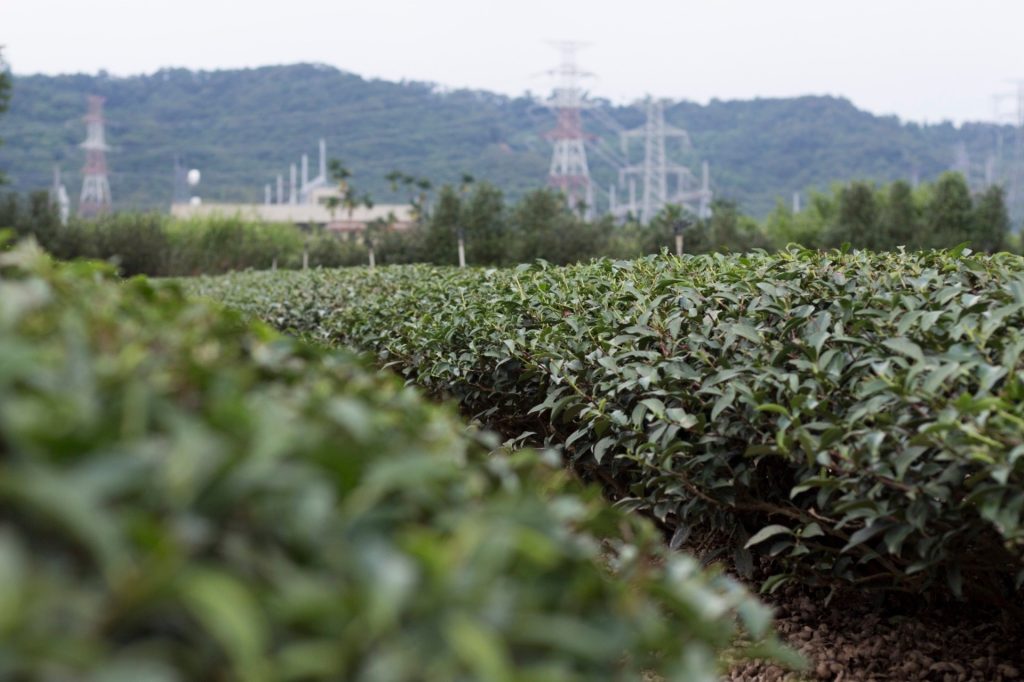
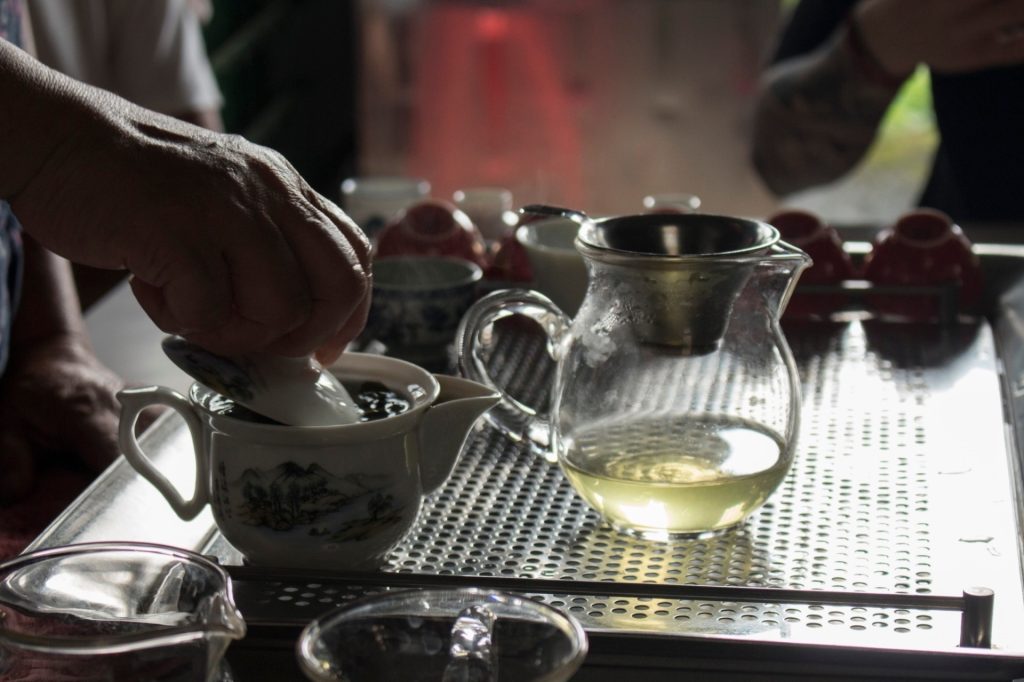
Green tea has seen its cultivation establish and grow in Taiwan since the mid-18th century, when Fujianese settlers brought tea plants and their expertise to the island. However, it was not until the 20th century that the production of green tea gained prominence in Taiwan, evolving on the techniques and processes that were inherited during the Japanese colonial rule (1895-1945), and eventually climbing to new heights of quality in terms of both plants and the final product.
Mellow and pleasant in its finish, green tea is the variety that undergoes the shortest period of oxidation (two-three hours), contributing to its softness and round character. Leaves are harvested and then quickly pan-fried, retaining their green colour and producing a more delicate flavour compared to black tea, and it also contains less caffeine. Due to its lighter profile, it has also historically been consumed with milk or sugar at different latitudes, something quite rare to see with stronger varieties of tea.
White tea
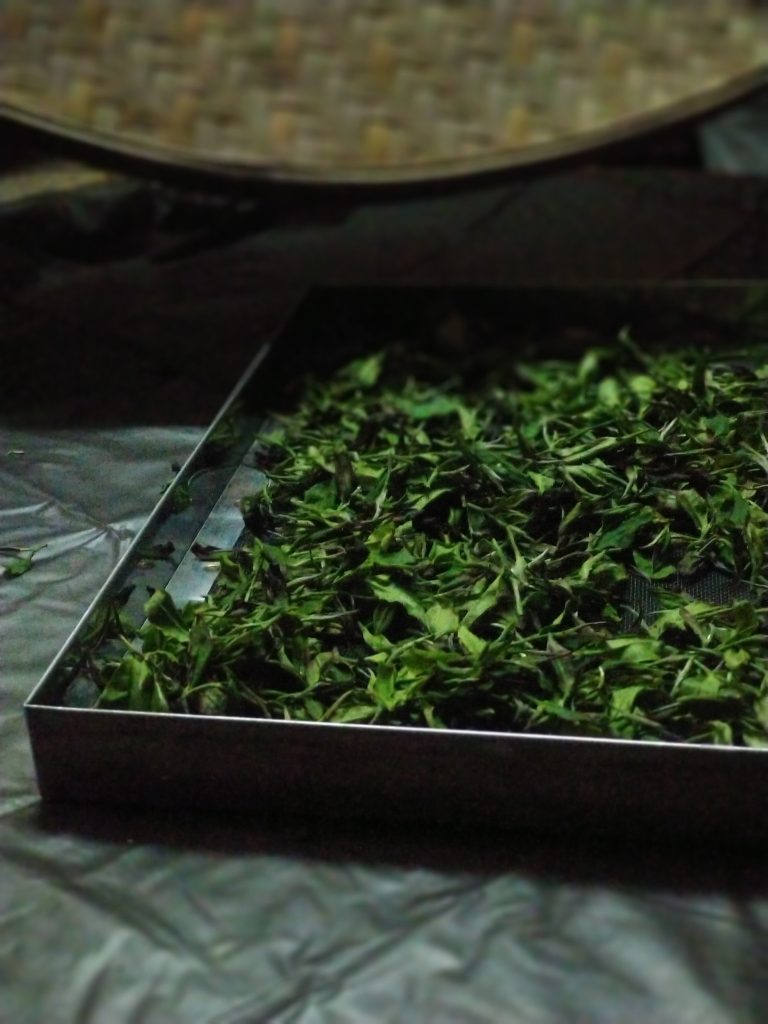
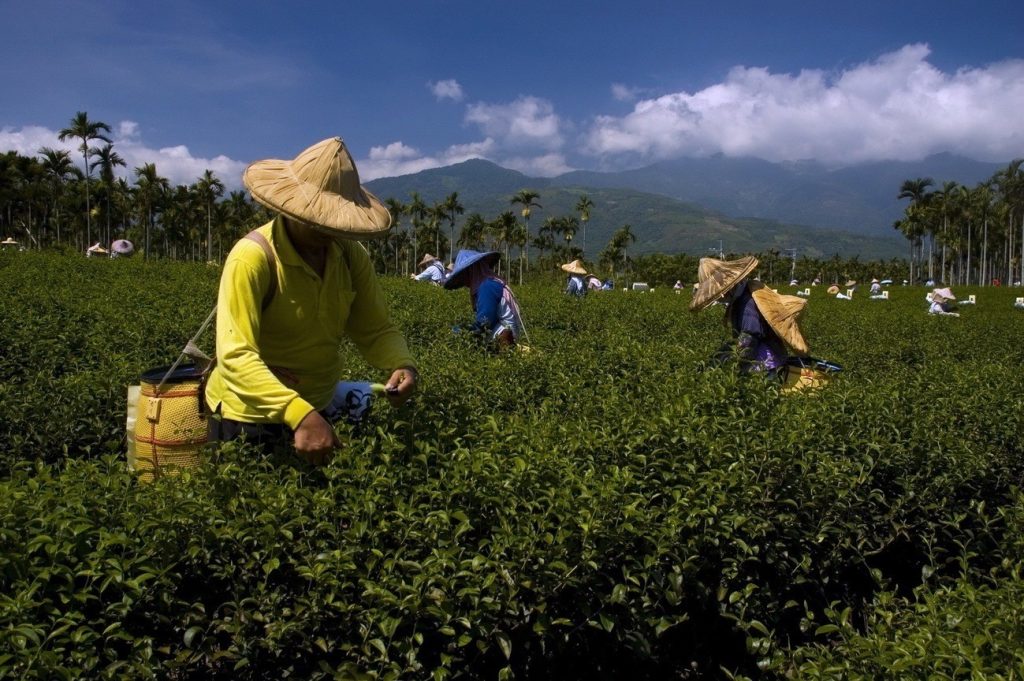
White tea production in Taiwan has a relatively short but significant history. It began in the early 20th century when Taiwanese tea farmers, influenced by Chinese tea traditions, ventured into crafting white teas, whilst initially their focus was on oolong and green varieties. However, as demand for white tea grew, farmers started experimenting with its production methods.
It is the least processed variety so far and originates from young tea leaves and buds that are minimally oxidised. The leaves are simply withered and dried, often using natural sunlight or low-temperature methods: this helps to reduce any kind of impact on the flavour profile, which results in a delicate, subtle aroma, and a very low caffeine content. White tea’s refreshing qualities are also enriched by an extremely high content of antioxidants.
Oolong tea
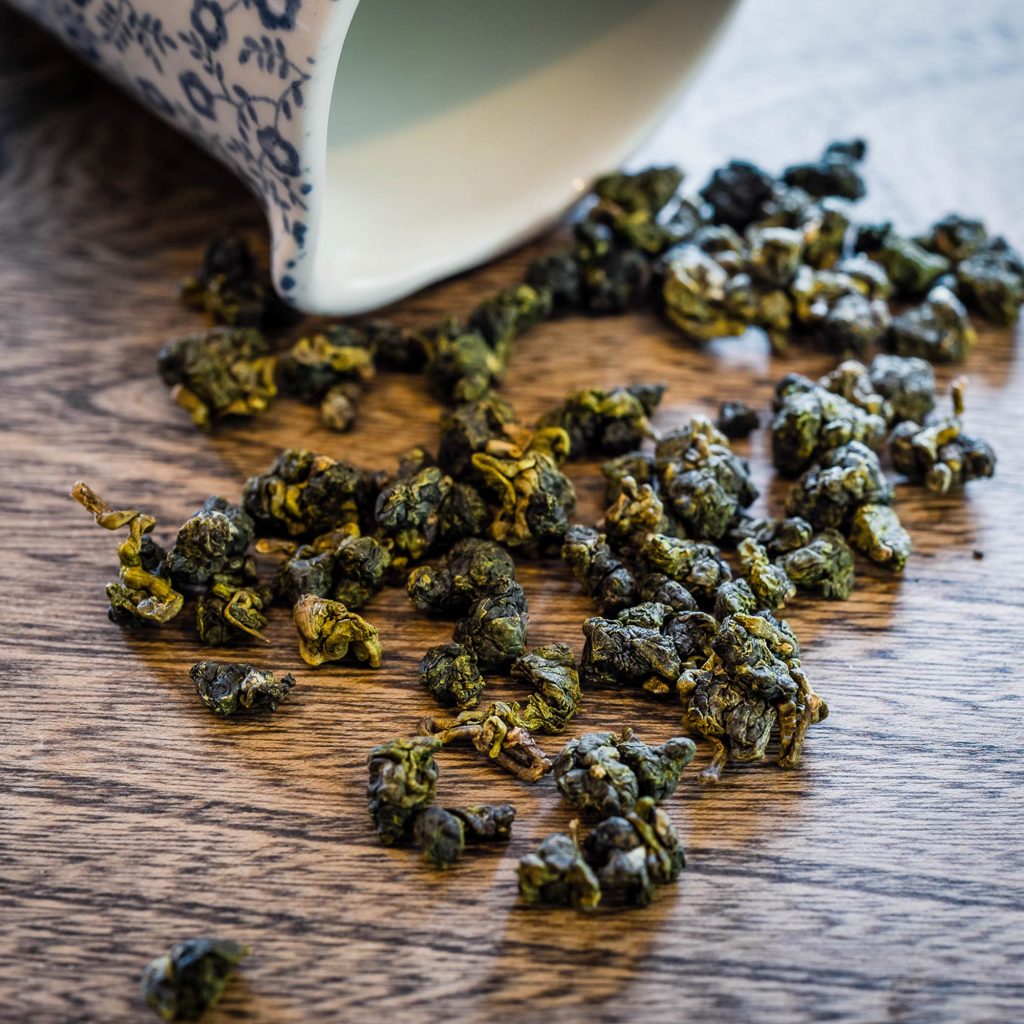
‘The Black Dragon’, as the name translates from Chinese, references the dark, twisted appearance of the leaves of this Taiwanese tea. Oolong falls somewhere between green tea and black tea, as its leaves are partially fermented and oxidised, and owes its fame to its unique processing method and complex flavour profile.
To produce oolong tea, the leaves are dried in the sun, allowing them to lose some of their moisture, and then withered indoors. Then, they are shaken or tossed in baskets to bruise their edges and initiate the oxidation process, which is then suddenly halted by pan-frying or baking the leaves. They are then rolled or twisted, shaping them into the characteristic long, curly or ball-like forms.
Considered as probably the favourite amongst oolong teas is Oriental Beauty, also known as Bai Hao Oolong or Dongfang Meiren: as the tea leaves are nibbled by small insects called tea jassid, the plant responds by releasing natural compounds that give rise to an array of shades, ranging from silver and white to dark brown. The infusion yields a rich, honey-like aroma, complemented by notes of ripe fruits, with a smooth, velvety texture and a lingering, sweet aftertaste.
Within the oolong category, another very peculiar branch stands out, as Henrietta Lovell, founder and CEO at Rare Tea Company underlines: Milk Oolong. “This unique Taiwanese oolong comes from a rare varietal that is renowned for its creamy softness and milky aromas, hence the name. I source mine, The Golden Lily Milk Oolong, direct from the rolling mountains of Taitung province, southern Taiwan.”
Her book, Infused: Adventures in Tea, describes a particularly visceral visit: ‘The temperature was up in the 40s and my shirt felt like a fur coat. Wei, the young farmer, tall, bashful, and funny, showed me around. Over long afternoons I spent hours on the farm watching the production. Blunt fingered experts bound and unbound the leaves in muslin cloths; twisted them into tight bundles; pressed them between rolling iron plates; untwisted the cloth and released the leaves into drying machines; transferred the leaves to roasters; laid them out to dry; bound them again; rolled them; roasted them; exposed them, in an intricate dance that seemed to have no formal pattern.
The precise semi-oxidisation of the leaf, to reveal its most subtle, nuanced flavours was all done by smell and touch and feel. There was no measurement or timing, instead, the craft was instinctive understanding. Sometimes the tea went into the roasters for 20 seconds, sometimes 2 minutes. Sometimes the tea was laid out for days and sometimes for hours. This was Pharaoh Sander’s playing intricately glorious free jazz, rather than The Royal Philharmonic Orchestra playing from sheet music.”
Black tea
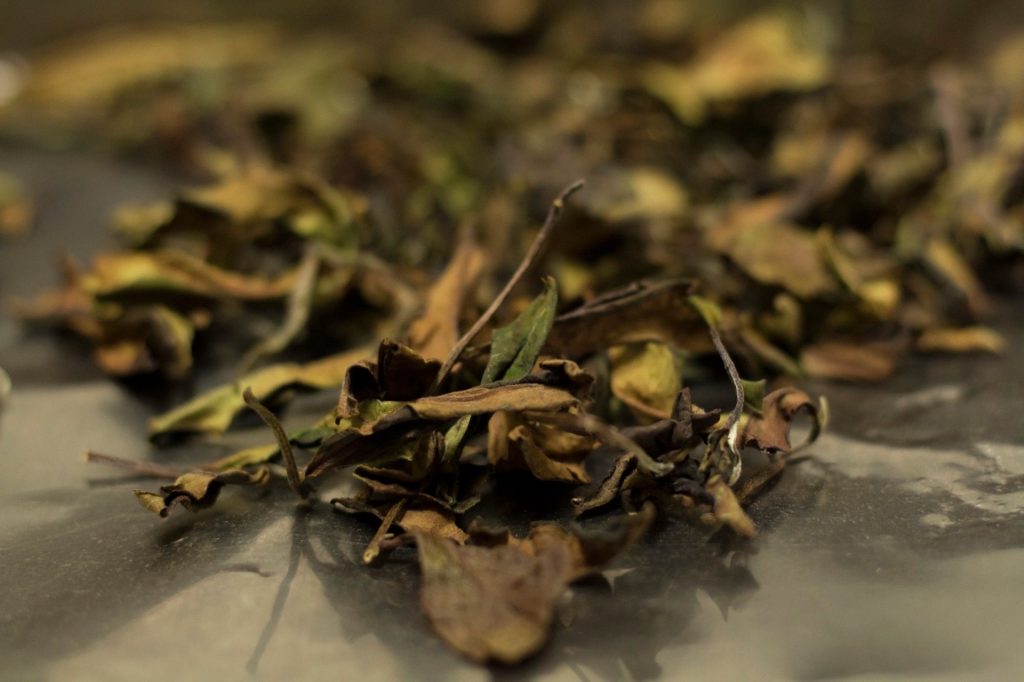
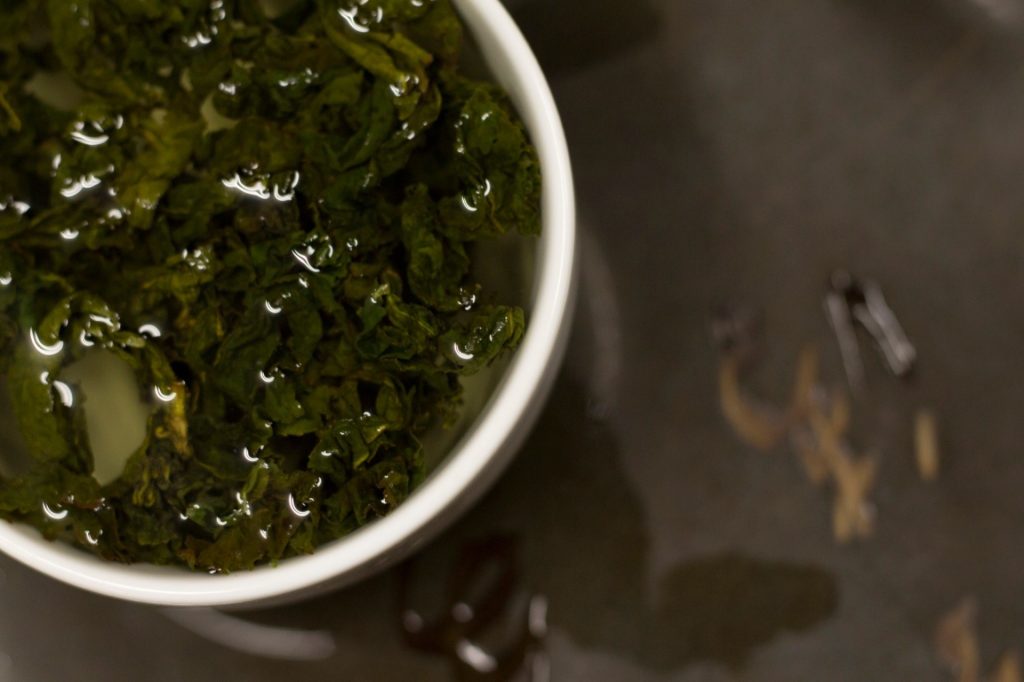
As legendary Taiwanese bartender Aki Wang puts it, “Black tea is where everyone should start from, to know more about tea.” Taiwanese black tea production began entering the 20th century when the Taiwanese government introduced assam tea cultivars from India. These cultivars were successfully adapted to the Taiwanese climate and soil, resulting in the development of high-quality black teas. Today, the most well-known black tea producing regions in Taiwan include Sun Moon Lake in Nantou County and Yuchi Township in the same region.
Contributing to the exceptional quality of Taiwanese black tea is its cultivation in high-elevation regions, a characteristic that grants it a sort of separate category (High Mountain Tea). The tea plants thrive in the cool mountainous areas, benefiting from the misty climate and fertile soil. The combination of high altitude, ample rainfall, and optimal temperature fluctuations adds complexity to the tea’s flavour, enhancing its aromatic profile and overall quality.
The black tea variety is fully fermented and oxidised, which gives it a dark colour and robust flavour. Taiwanese black tea offers a delightful flavour profile that sets it apart from other black teas. The infusion yields a reddish-brown liquor with a rich, malty aroma. The taste is smooth and mellow, with notes of caramel, honey, and dried fruit, with a robust character never overly astringent, that provides a balanced and satisfying experience.
Dark tea
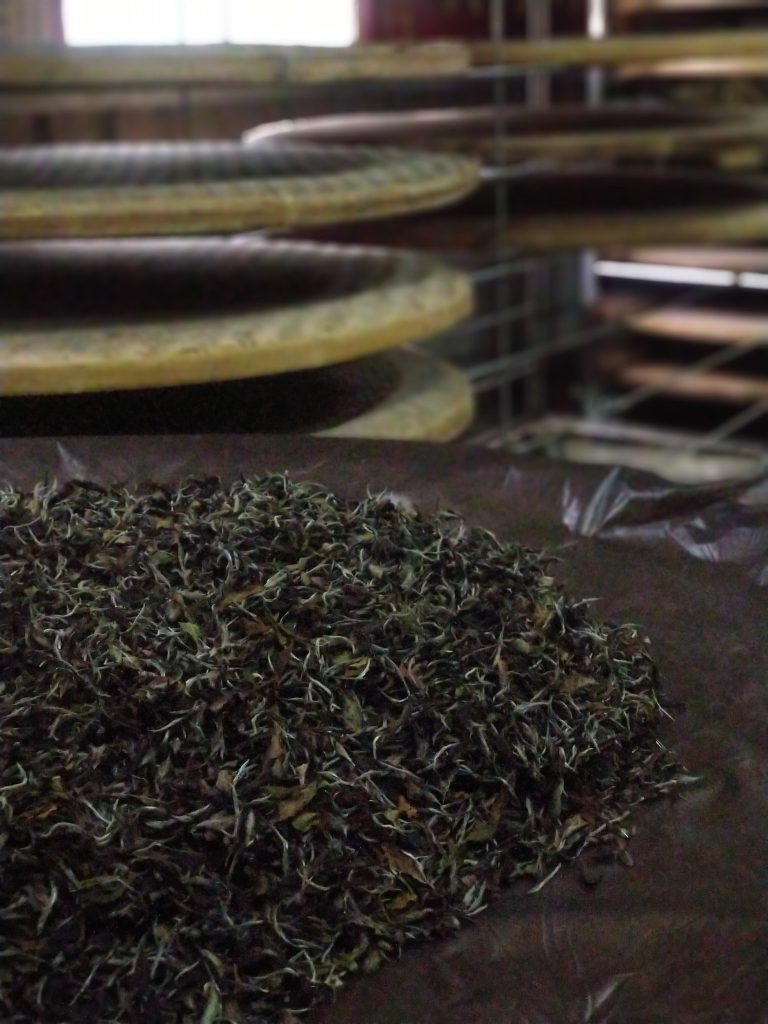
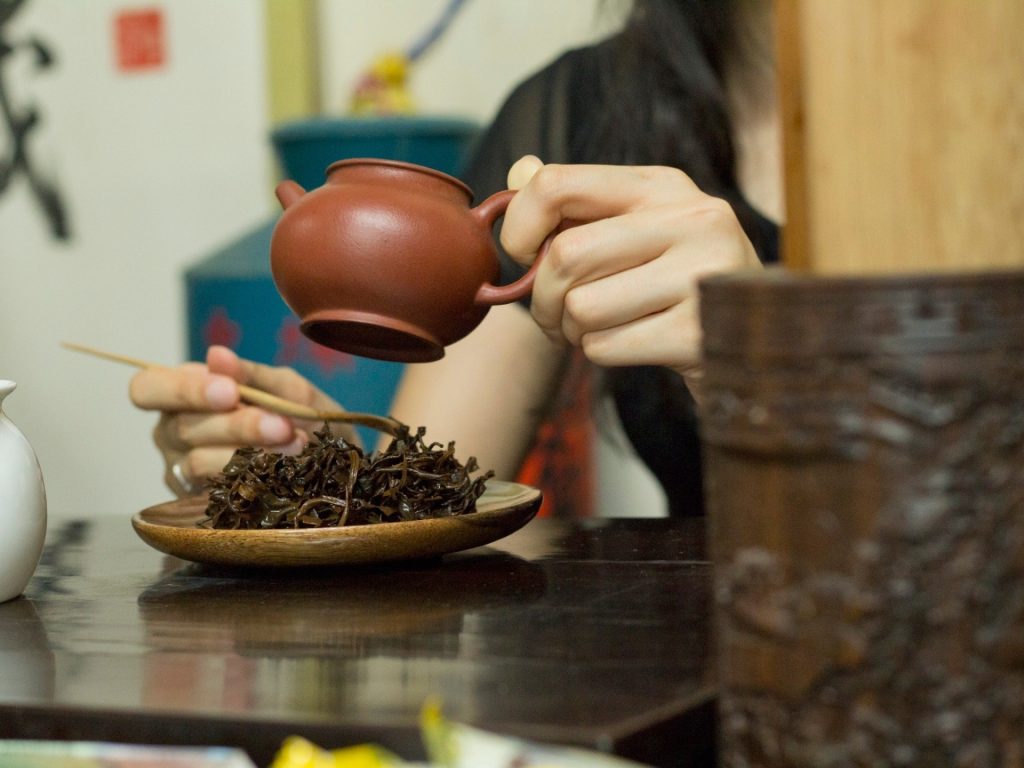
Of all the tea varieties Taiwan offers, dark tea is the most intense and impactful, due to its production process. Leaves are harvested, pan-fried and then rolled, before being left to dry and allow for oxidation to kick in.
No interference occurs with the process, so that after 24-72 hours, and a particular amount of time dedicated to post-fermentation, dark tea reaches 100% oxidation. The result is an extremely rich and powerful taste, that still retains some floral and fruity notes to go with a very strong body.

